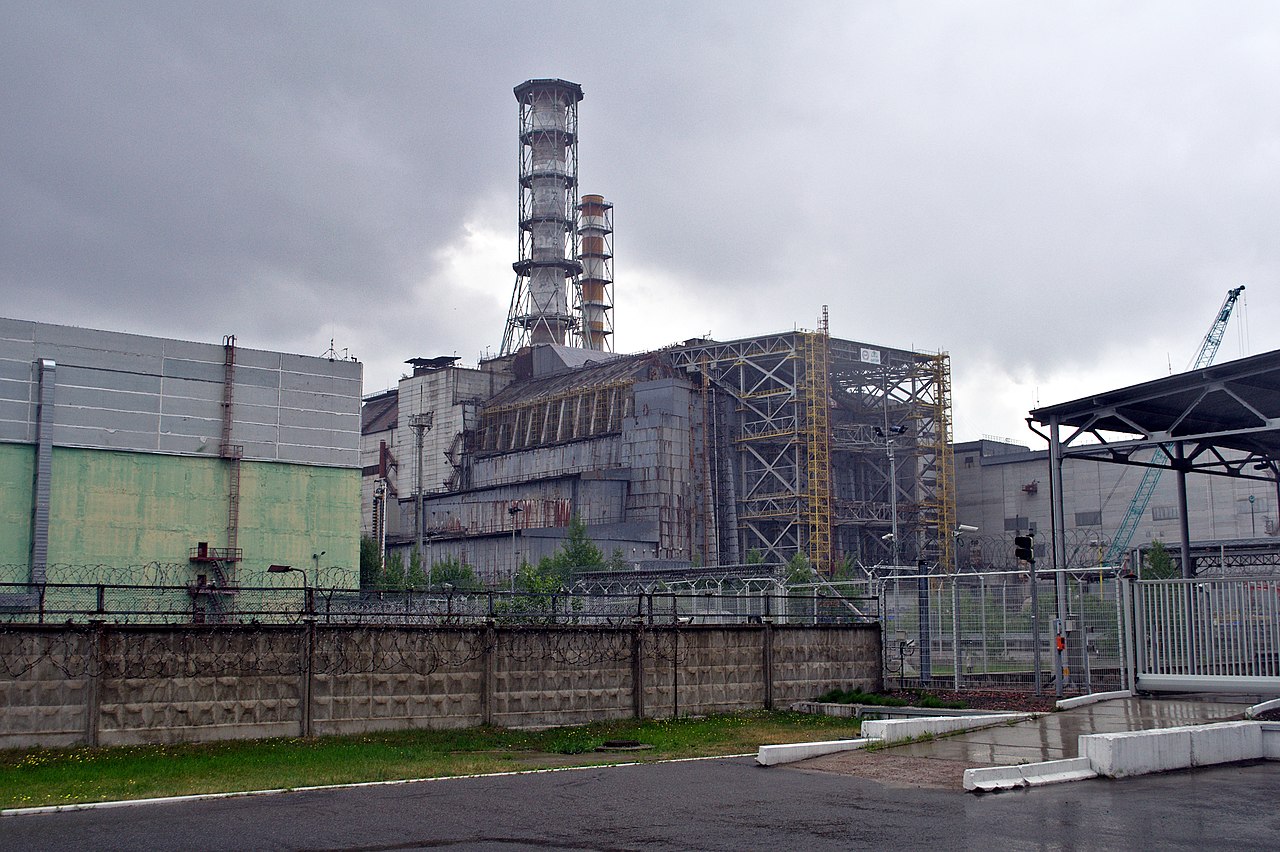CHERNOBYL, Ukraine (Transatlantic Today) – A secondary tragedy to the battle among the ex-Soviet neighbors is likely as Russian soldiers inch their way into their incursion of Ukraine. Another nuclear reaction at Chernobyl.
Early Thursday, Russian army personnel entered the barren exclusion zone surrounding the Chernobyl nuclear power facility, which was the site of the world’s deadliest nuclear disaster in 1986. According to Ukraine Prime Minister Denys Shmyhal, Russian troops had taken complete control of the region by nightfall, which included the plant itself.
Fierce battles within the “exclusion zone,” a wide and deserted area around the Chernobyl nuclear facility which comprises the ghost city of Pripyat, has sparked fears that another nuclear disaster would occur. International Atomic Energy Agency Director Gen. Rafael Mariano is observing the situation with extreme worry, urging for “maximum restraint” during the confrontation to prevent putting the nuclear site in danger.
On Apr 26, 1986, reactor No. 4 of the power plant, located approximately 65 miles north of Kyiv, exploded, releasing massive volumes of radioactive particles into the environment and forcing over 100,000 residents to evacuate a 1,000-square-mile radius.
The destroyed nuclear reactor was secured in 2019 under a $2 billion stadium-sized solid metal structure constructed over it to contain it, however, the other 3 undisturbed reactors continue to stay “fully exposed,” according to Tim Mousseau, a researcher of biological science at the University of South Carolina who has spent more than 20 years studying Chernobyl.
Mousseau told ABC News that the conflict poses an “existential threat” to the ecosystem.
Should bombs and missiles strike the structure over reactor No. 4, which contains “quite a bit” of the radioactive substance, or the site where spent nuclear fuel acquired over years of operation is stored away, substantial volumes of radioactive nuclear dust would spread all across the region, according to Mousseau.
Furthermore, according to Mousseau, the region around the nuclear plant is certainly the most radioactive site on the globe. This, along with the “tinderbox” conditions created by previous intense forest fires, might allow fast-moving wildfires to shoot radioactive nuclides back into the sky and disseminate them far and wide again, according to Mousseau.
The presence of the Russian military near Chernobyl is an additional source of concern for Ukraine, given they are now only around an hour’s drive away from Kyiv. Despite the severe conflict, Russian troops have managed to maintain control of a crucial military airfield barely 20 miles from Kyiv’s downtown.
Mousseau described the scenario at Chernobyl as “the worst nightmare come true,” and warned Russia’s choice to invade Ukraine through such a sensitive territory as Chernobyl might be a sign of more escalation to come.
Ukrainian President Volodymyr Zelenskyy earlier in the day tweeted that Ukrainian forces were battling and risking their lives to avert a repeat of the 1986 Chernobyl tragedy.
Before the invasion, US authorities expected that Russia would employ special troops to land in the capital before Belarusian soldiers, who border the north section of the exclusion zone, would rush down quickly to support Russia’s lightning attack to grab the city.


























